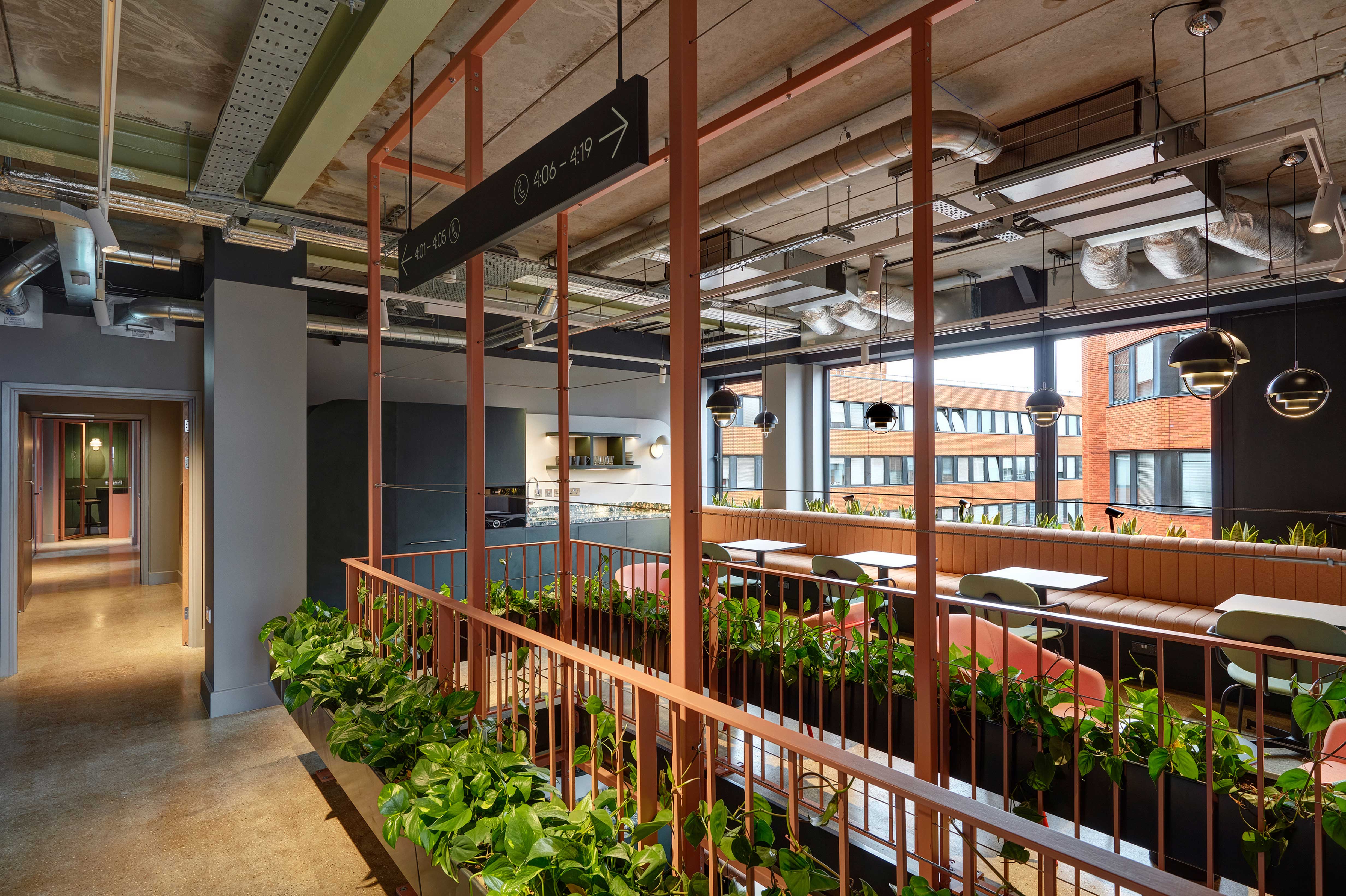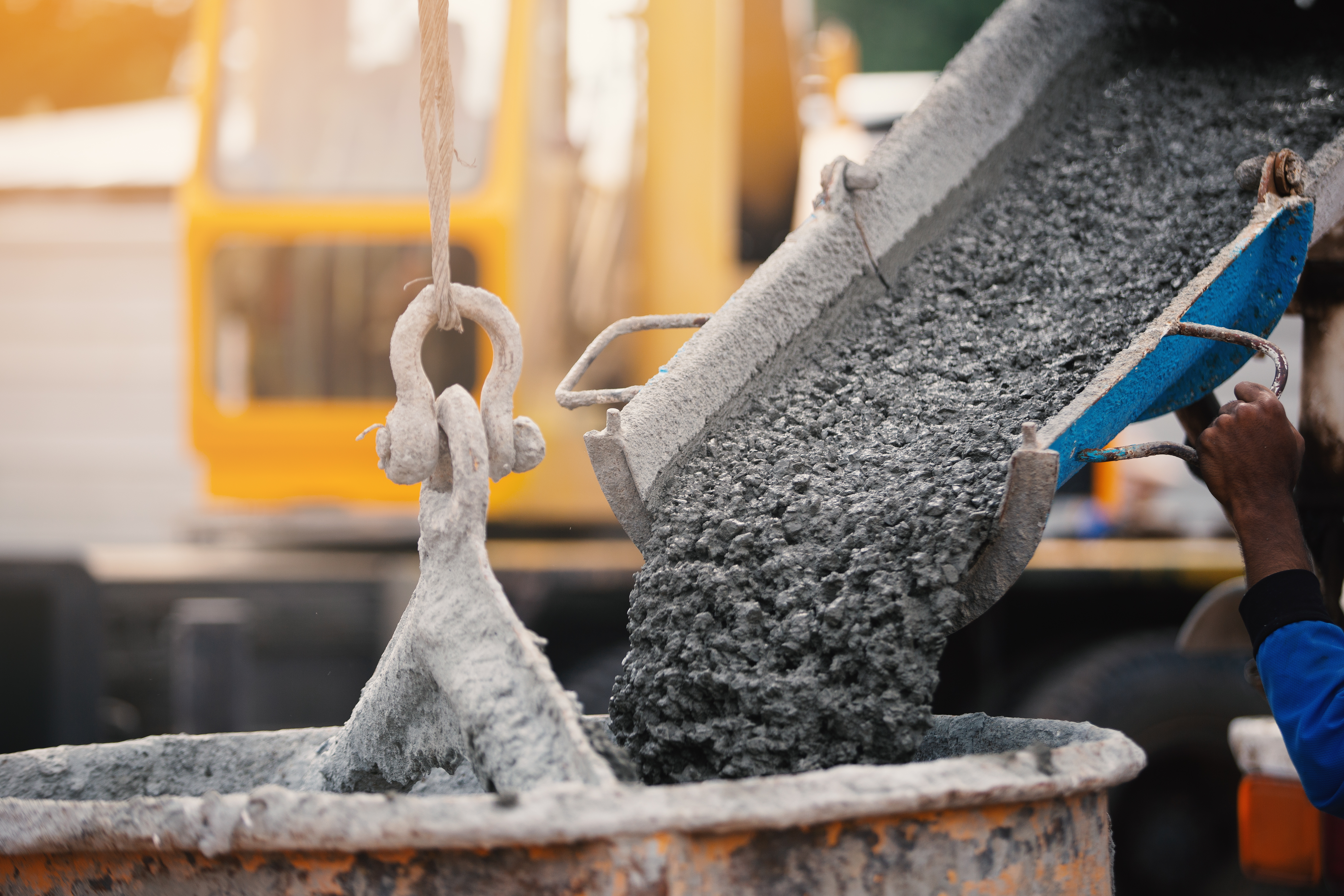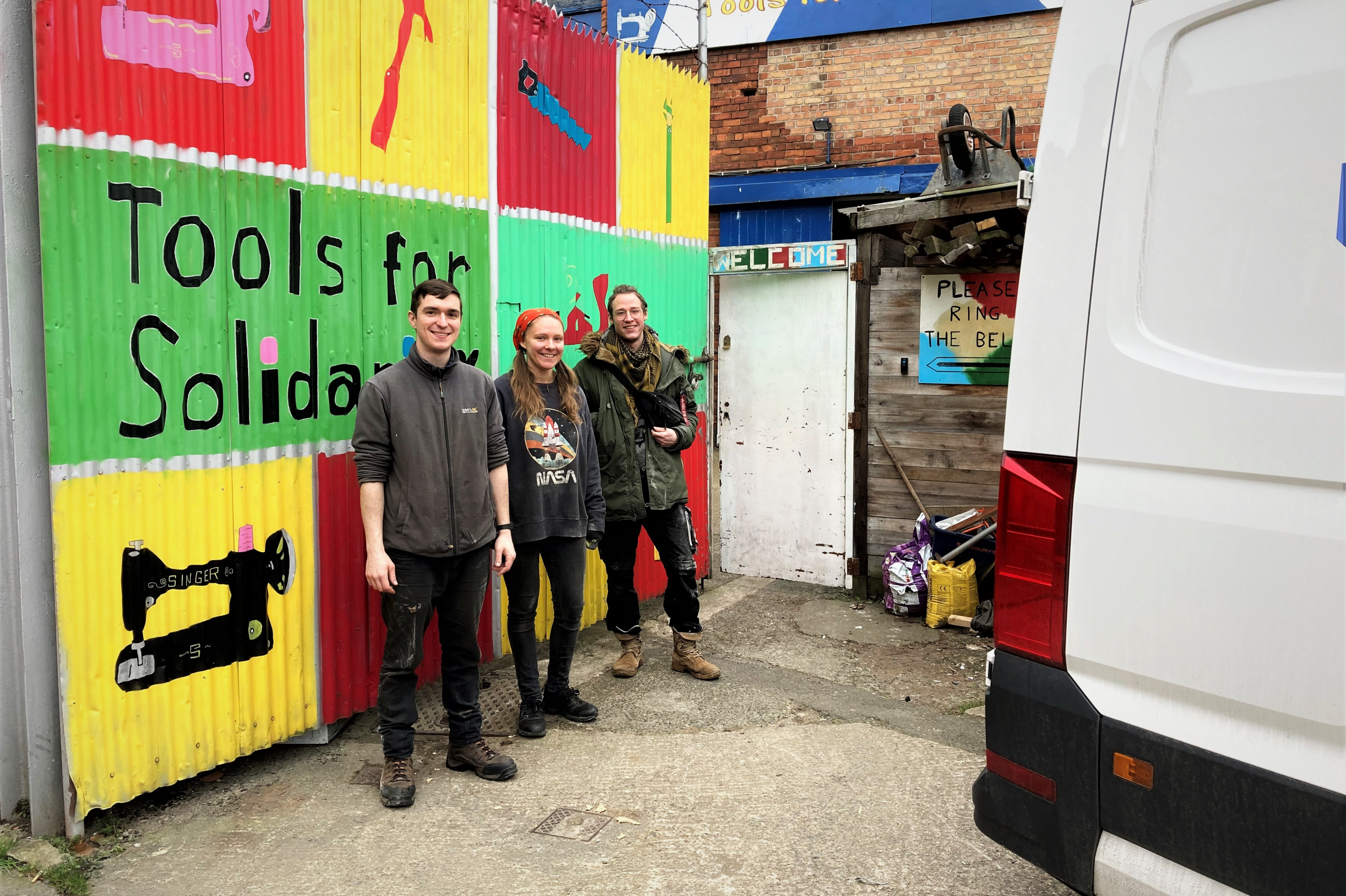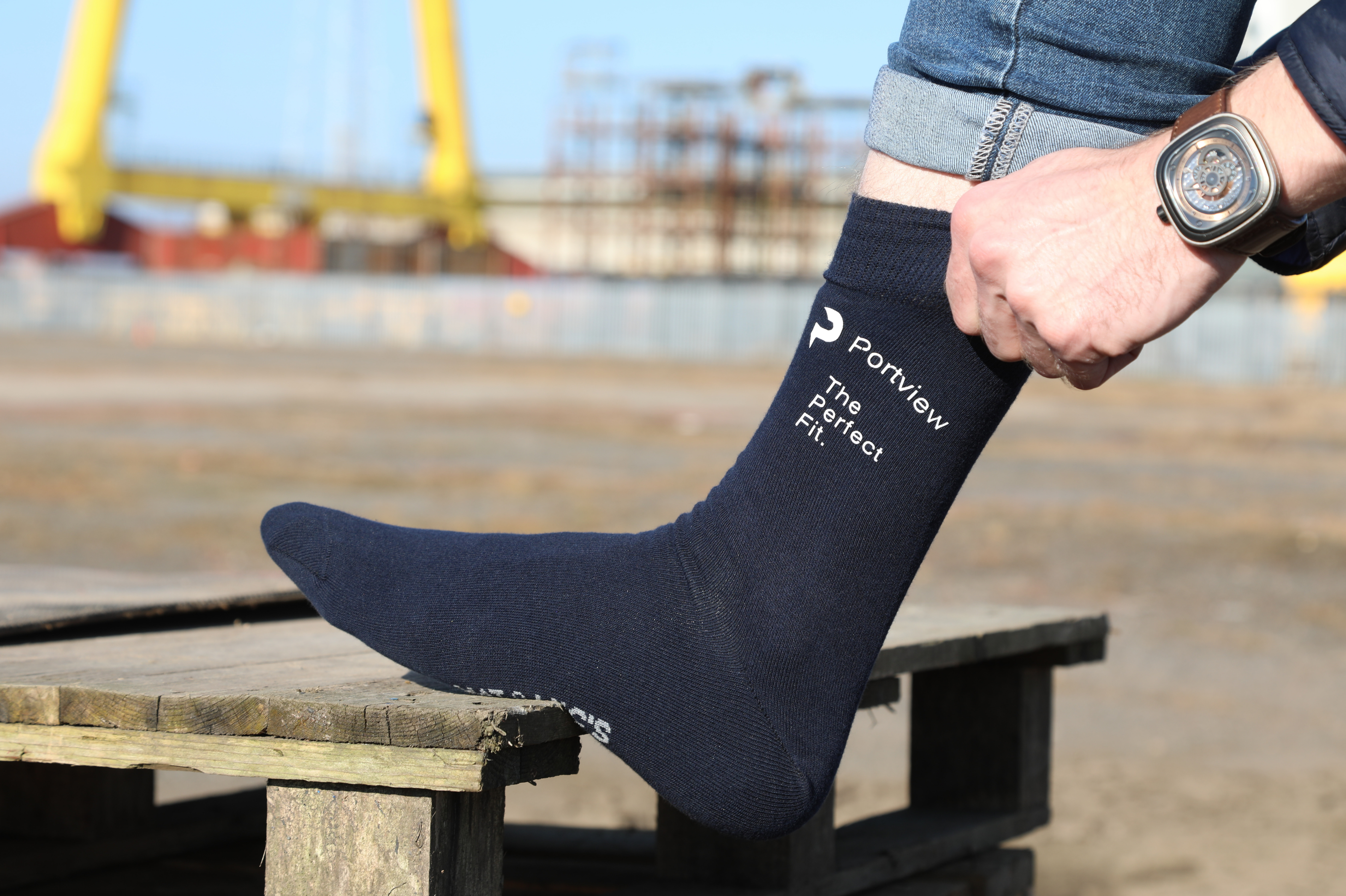Procurement: The building blocks of Sustainability
The construction industry impacts every part of modern life. The way we work, shop, eat, socialise and live are all influenced by the spaces available to us. We’ve always wanted our projects to leave a lasting positive legacy for the communities they are a part of, but the need to create a more sustainable economy makes this more important than ever.
From the materials used on projects to the way supply chains are structured, here are some of the ways that the companies can begin embedding sustainability deeper into every part of the construction industry.

“more than 4 billion tonnes of cement produced every year alone accounts for around 8% of global CO² emissions”
BUILT-IN INEFFICIENCIES
There is no getting around the fact that the construction industry has a significant impact on the environment. Aside from the areas we select for building on, the machinery and energy-intensive processes still rely far too heavily on the burning of fossil fuels. The fabrication and shipping of materials is also a large contributor to a project’s carbon emissions. The more than 4 billion tonnes of cement produced every year alone accounts for around 8% of global CO² emissions. Waste is another key area of potentially negative impact.

There are built-in inefficiencies at nearly every stage of the traditional construction procurement and material selection process. Addressing these is crucial for meeting increasingly stringent environmental regulation and contributing to the UK’s target of net zero emissions by 2050 and the goals set in The Paris Agreement.
For example, air pollution is a big problem on most sites due to construction products and chemicals like VOCs and biological contaminants like bacteria, mould spores, and dust mites. While this may seem like an inescapable part of the process, several relatively simple measures can be put in place. Control equipment like enclosures for cutting materials and extraction systems can prevent excess pollution, while air quality monitors can protect staff from harmful conditions.
Clients increasingly want their projects to be sustainable, so it is important to take a leadership role and engage all stakeholders early on about what this means for every part of the construction process.
CREATING SUSTAINABLE PROCUREMENT
At Portview, we believe that early engagement is fundamental to any project’s success, especially when achieving a BREEAM excellent or outstanding rating. It adds another layer of complexity on top of accounting for timelines, budgets and risk. Planning for sustainability needs to consider every part of the process, from where materials come from to how waste is handled.
The project delivery system can have significant impacts on whether there is room for innovation in a project. Sometimes if the client is in charge of design and maintenance and the focus is on controlling costs, it can be difficult for suppliers to suggest alternative and more sustainable solutions. More collaborative construction project arrangements are becoming common to make it easier to foster project cultures that drive innovation and improved solutions for owners, investors, tenants and communities. These agreements can facilitate leaner construction processes and integrate sustainable thinking more deeply into project planning and delivery.
“Flexibility is an integral part of creating more sustainable procurement processes.”
Flexibility is an integral part of creating more sustainable procurement processes. It fuels the continuous improvement that helps us keep lowering our emissions, improving our operations and delivering excellent results.
You can’t work in a vacuum. There are always new best practices to assess, and developments in science and technology are always changing what is possible.
THE RIGHT MATERIALS FOR THE JOB
The materials used on construction projects is just as important as the process. To achieve the highest sustainability rating, every material from wood to finishes and lacquers needs to be tracked and accounted for. There are some key concerns when it comes to material and design choice. Firstly, material choices need to emphasise reusability and recyclability to easily be dissembled and redeployed as the use of the building adapts over time. This adaptability is crucial for extending the lifecycle of buildings beyond the current 25 – 30 years.
The standardisation of materials and components during the design and procurement stages is crucial for reducing waste, as is designing specific elements in line with their material characteristics, such as making sure there is no need to cut plasterboard sheets or timber. Prefabrication and modularisation of elements are also emerging as a key strategy for designing out waste and reducing the overall carbon footprint of the project whilst still ensuring quality.

CLOSED LOOP SOLUTIONS
Identifying and implementing closed-loop solutions for the recycling of waste is another crucial part of sustainable procurement. For example, we partner with companies who collect our Correx, plasterboard and Armstrong Ceiling tiles and remanufacture them into new products. These schemes help us to reduce raw materials, carbon waste, and even skip space.
We also work with community projects, donating materials and tools to causes such as The Turnaround Project, Tools for Solidarity, and local colleges. Not only does this reduce waste, but it helps to foster strong community relationships – which is key to ensuring our industry leads from the front towards a more sustainable future.

TAKING SMALL STEPS TOWARDS BIG IMPACTS
The challenge of sustainability can seem impossibly complex for any one company to solve, especially when focusing on the larger picture. But the construction industry is full of problem-solvers and creative thinkers. It is what helps us create legacy-defining spaces for people to live, work and socialise in. As fit-out specialists, we can make a big difference by changing the way we choose and source materials.
Rather than making one huge, disruptive change, we often find that seemingly small changes can have big impacts. And, when taken together, these smaller changes can all begin to snowball.

